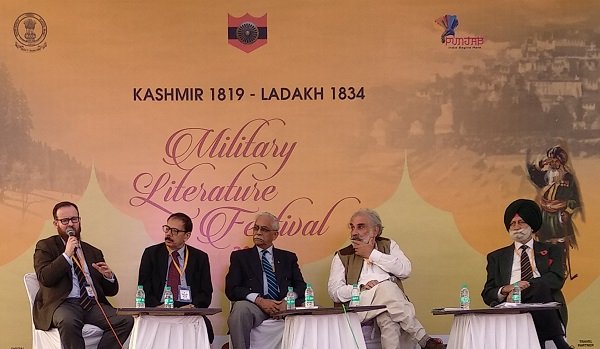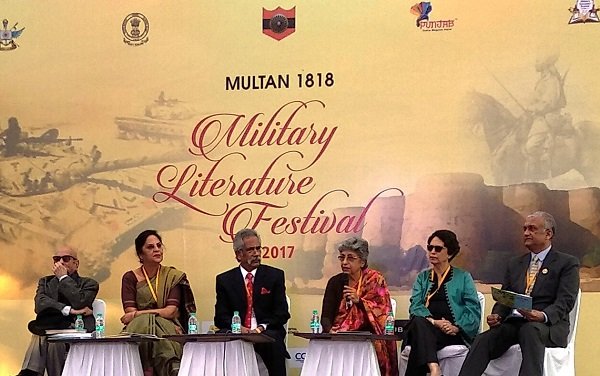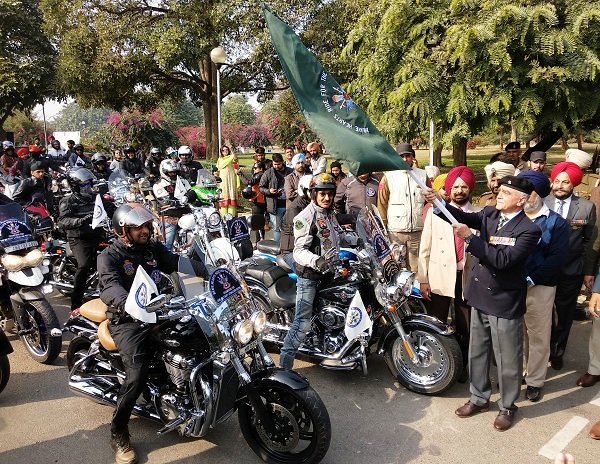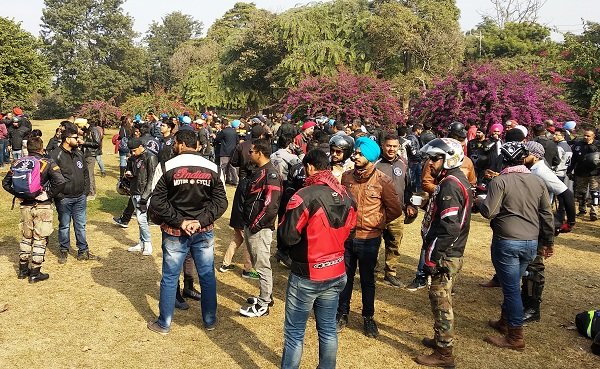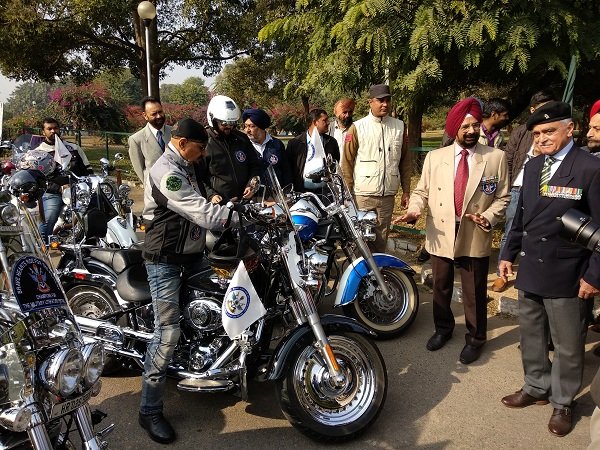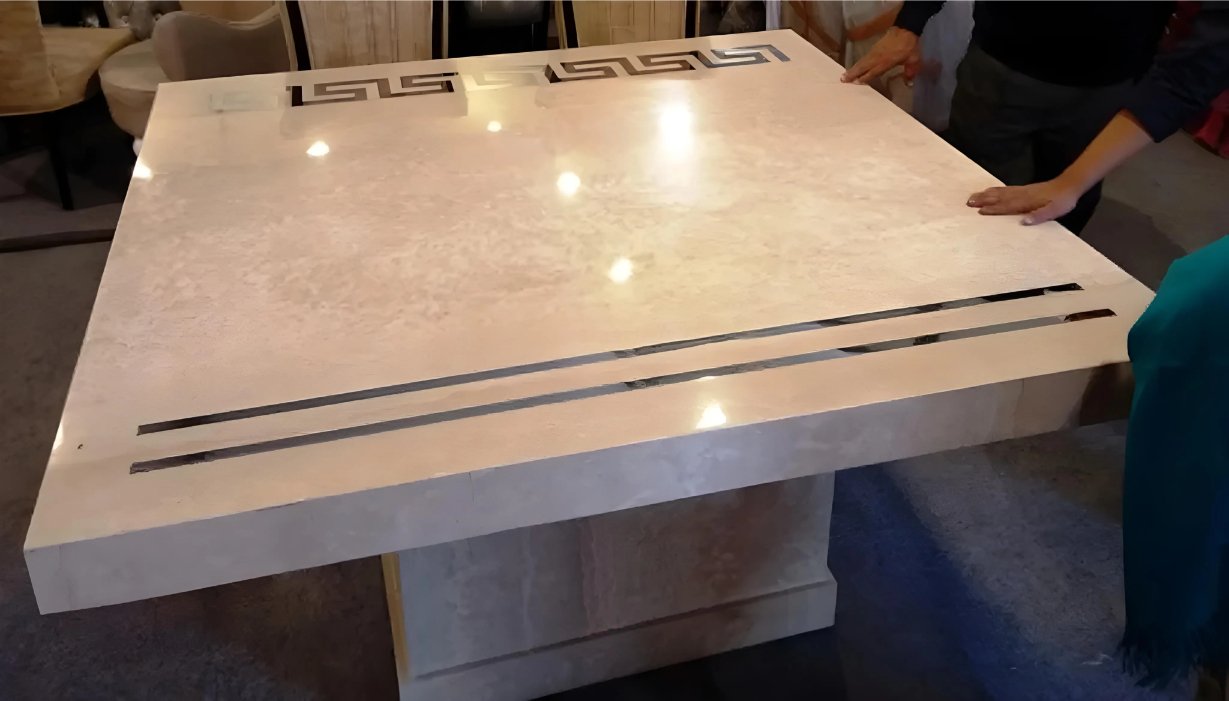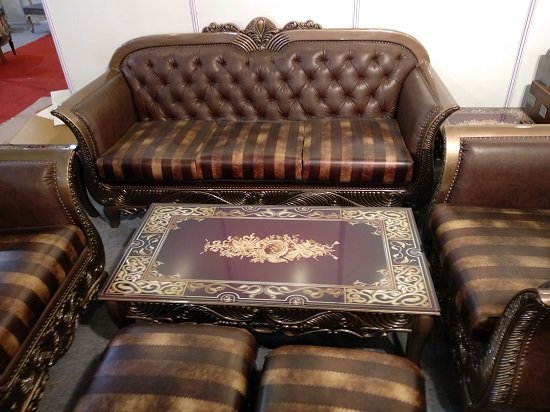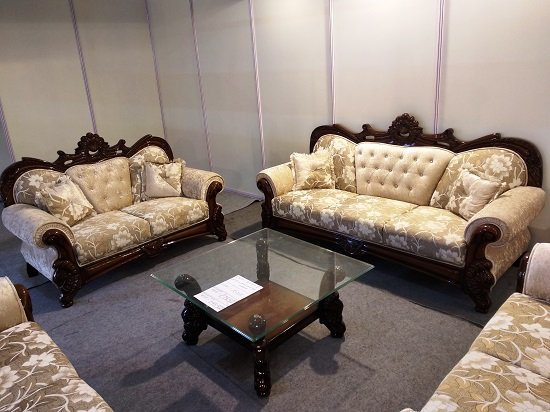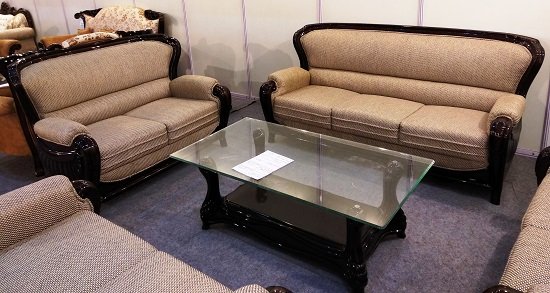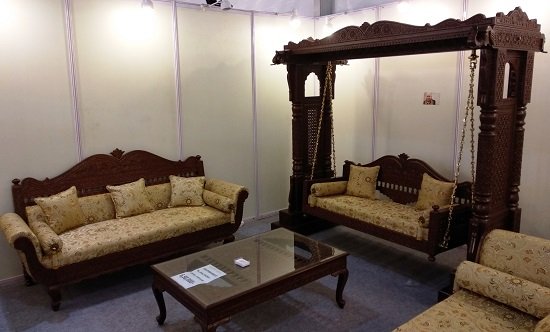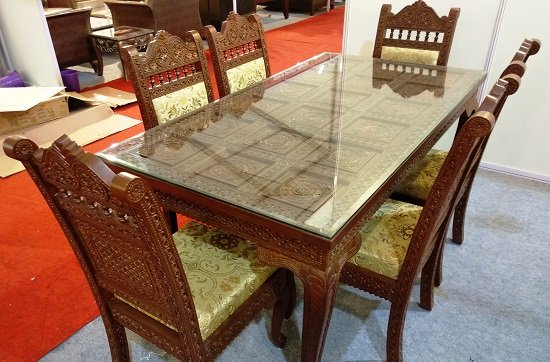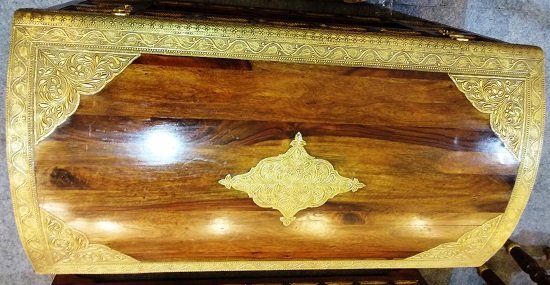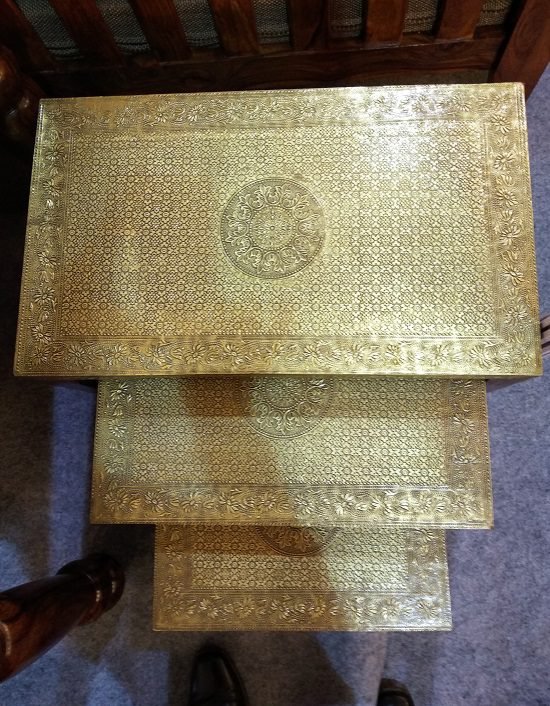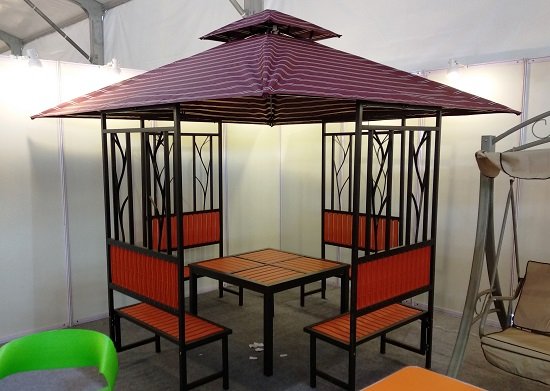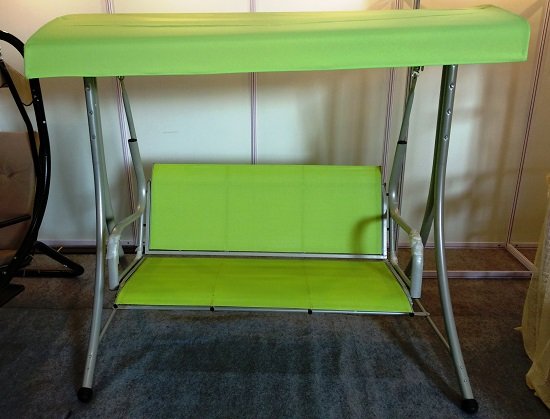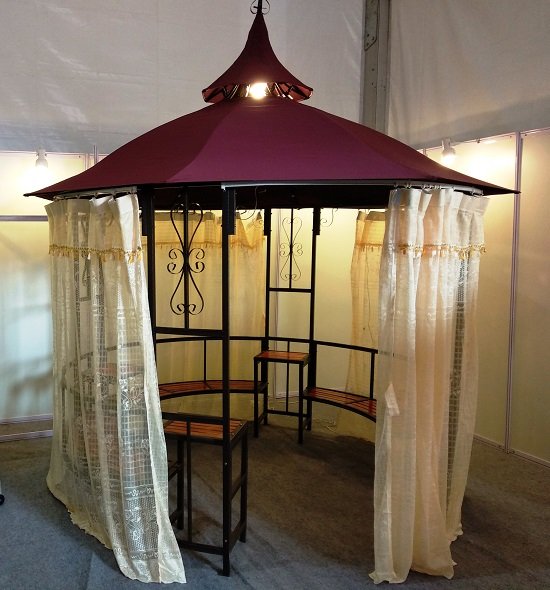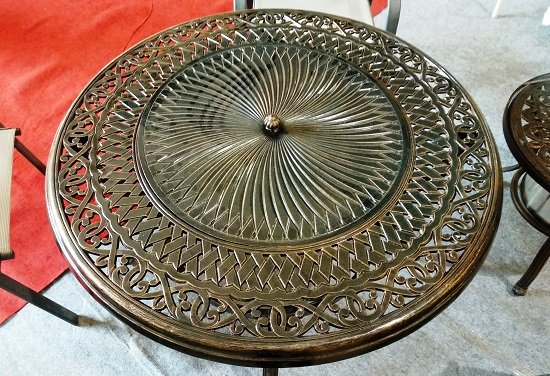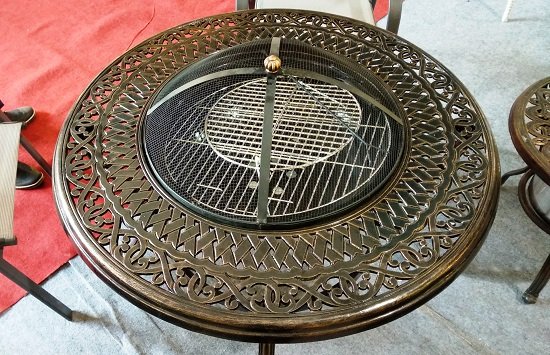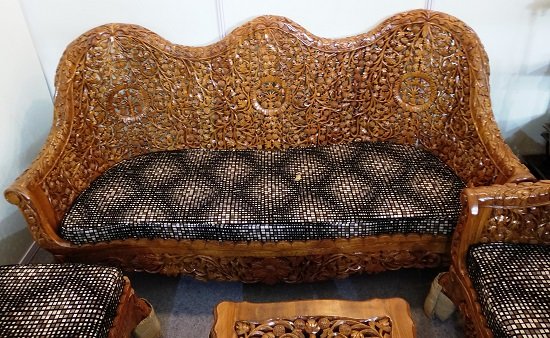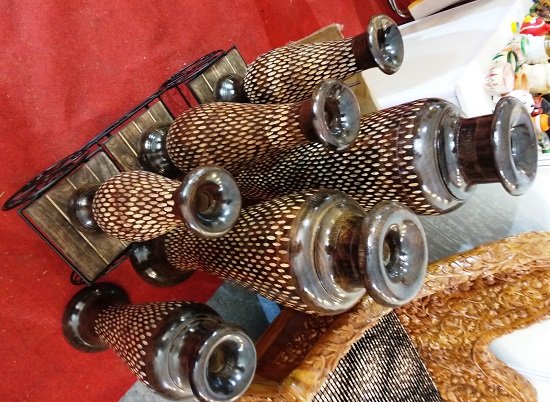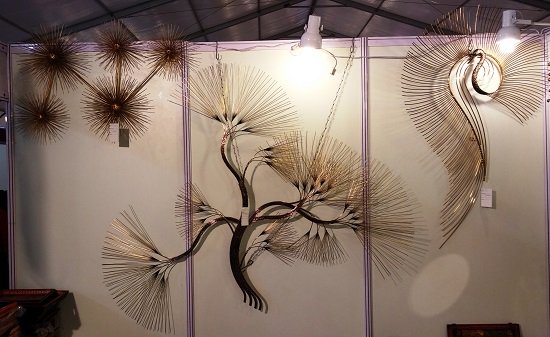Officers coming on deputation from the central government, Punjab and Haryana make up the backbone of the top hierarchy of the Chandigarh administration. They do not lose an opportunity at national and international fora to wax eloquent about the pre-eminent place the Union territory, and joint capital of two states, holds in the pecking order of states and union territories in the country on various parameters, including the most important parameters of development.
But it would be worthwhile trying to understand what contribution they have made in improving the already well planned and well developed predominantly urban territory, thanks to the commitment of the visionary statesmen of the times and the town planners and architects whom they tasked with raising a mode new capital of post independence undivided Punjab.
 Photos By: Life in Chandigarh
Photos By: Life in ChandigarhHaving lived all my life in this once sleepy city, which used to virtually ‘go to sleep’ as it were by 7:00-7:30 pm, I can claim to have some perspective to this very important question. It is high time we addressed this question because not only Chandigarh, but also its adjoining villages falling within the jurisdiction of the Union territory, are threatening to slip into anarchy with the ‘guest babus’ indifferent to, and clueless about finding lasting solutions to the most pressing problems confronting this ‘10 km x 10 km’ territory, bursting at its seams.
No wonder they come out with grandiose cut-and-paste, quick-fix proposals without doing due diligence, and without involving the various stake holders in the planning process. The result, invariably these proposals fail to pass muster and are either withdrawn or put on the back burner. The recent proposal of charging up to 50 percent of the cost of a car as road tax for cars costing above Rs 10 lakh and on purchase of a second car, aimed at cutting down on cars in the city, is a perfect example of this mindset. Now to say that it is only a draft and open to public comments does not cut much ice with the public.
Chandigarh has the good fortunate of having a large pool of retired and serving professionals and experts in just about every field of activity. What stops the administration from pooling their expertise on such matters. But no, the bureaucratic machinery would rather not dilute its authority in doing so. It is happy doing what it does best – resort to its whims and fancies and arbitrary ways.
.jpg)
Mode day problems require mode and out-of-the-box thinking, and taking people along. Unfortunately none of these is the forte of the administrative machinery. Moreover, if they can’t apply their own minds, they will not allow the fertile minds of other stake holders to work for them. They would rather appoint consultants at a considerable cost to the exchequer and then allow their reports to catch dust.
The most noteworthy among the few positives in recent years the union territory’s bureaucracy can claim is setting up of the e-Sampark Centres, where a host of government services were provided under one roof, long before the northe states, including Punjab and Haryana. The Rajiv Gandhi Technology Park (IT Park, for short) was also a good initiative, but appears to have lost its way somewhere along the line. UNESCO heritage status for the Chandigarh Capitol Complex is another achievement of the administration.
To some extent the expansive Botanical Garden and Nature Park spread over 176 acres of land in Sarangpur village on the outskirts of the city and the unique seven-acre spread Butterfly Park in Sector 26 can be called good projects, however they have failed to attract eco tourists, which was one of their major objectives.
For a mode city like Chandigarh, even after decades we are still struggling to prepare a data base of public and private properties and various public services, so very essential for long term future planning. We don’t have a plan to improve the efficiency of the public transport system, there is no parking policy in place, the promised citizens charter remains on paper, three-wheelers and cabs are swarming the city in the absence of effective monitoring and regulation, road maintenance is patchy, street lights keep playing the hide-and-seek game, daily sweeping of sector roads is a distant dream and maintenance of open spaces and the tree cover is reactionary, rather than routine.
.jpg)
In recent times we have seen the municipal corporation taking “firm steps” to set a few things right, and setting ‘dead’lines for their implementation, but it has become a laughing stock for all it has been able to achieve. The garbage processing plant issue continues to be a tho in its flesh, the segregation of waste at source is in limbo and the deadline for compulsory tertiary water connections for kanal houses is long past.
The priorities of the administration are also lop-sided, to say the least. Everyone in the administration appears to be focussed on making the city ‘Smart’. So we are witnessing massive deployment of resources on re-carpeting the cycle tracks and laying new ones without a cycle or cycle rickshaw plying on them. A least utility underpass for pedestrians is being constructed connecting sector 16 to sector 17 when the more important decade old proposal of constructing more than half a dozen underpasses for traffic at various congestion points in the city is still seeking an implementation agency.
Control over air and noise pollution, and tackling the issue of plastic waste doesn’t appear to be on the Administration’s agenda at all as the city waits for an emergency situation to arise and jolt the authorities out of their slumber.
The most urgent need of the times, of keeping a watchful eye on the roads and public places, especially in the wake of the challenging security situation arising out recent cases of rape, stalking and snatching, is also not getting the attention it deserves. In fact, the UT administration has a golden opportunity to focus on a time-bound 100 percent coverage of the city with quality high resolution cameras and zonal monitoring stations to make it the ‘Camera City’ of the country. It is bound to pay rich dividends in terms of providing people with a sense of security and bringing more decorum to the traffic.
.jpg)
Another glaring example of mindless action is the underutilised new and much touted multi level parking in Sector 17 developed at a cost of Rs 47 crore, while completely ignoring the maintenance and optimum utilisation of the original smaller multi level parking lots in the city.
The Sector 17 City Centre itself presents a sorry look with ill maintained buildings and lack of effective regulation. The government offices housed in the sector, apart from adding to the unkempt look of the buildings are also contributing their fair bit to the clutter of vehicles in the parking lots.
The utter neglect of sector 34 for years, which has prevented it from rightfully claiming its position as the city’s sub centre, is yet another example of the lack of foresight and commitment on the part of the bureaucracy.
There is no structured mechanism in place to monitor strict compliance of fire safety measures in buildings and the fire department lacks highly trained staff and mode equipment.
The pet dog byelaws remain unimplemented and the comprehensive scheme for management of stray dogs has proved woefully ineffective.
The presence of beggars is being allowed to multiply at a pace faster than the general population, and little hought is being given to wean them away through a well thought out and imaginatively designed rehabilitation mechanism. It’s a difficult proposition, but needs to be tackled head on in association with various NGOs, especially those working in the slum areas. ‘Skilling India’ is hotly being publicised in the country, why can’t it be applied on beggars with persistent persuasion, foresight and sensitivity.
We are still dependent on the rain gods for survival of the most precious possession of Chandigarh, the manmade Sukhna Lake. The state of the Sector 42 manmade lake is another example of somebody’s brainwave in the administration turning sour.

Though transit tourists are aplenty because of the city’s locational advantage, standing as it is on route to four states – Punjab, Haryana, Himachal Pradesh and Jammu & Kashmir, concerted and progressive steps have not been taken to create enough tourism assets to hold the tourists back for longer stays. The annual tourist calendar lacks a bouquet of imaginatively designed events to attract the attention of tourists.
Another lucrative opportunity, Convention tourism is also a non-starter in the absence of a world class convention centre, though the international airport has now improved connectivity with the world.
So where lies the solution to the future of the city seeking to retain its place in the Sun ? We, meaning all stake holders, need to put our heads together. Can we think radical and really out-of-the-box !!
One such whacky thought to set the pace for an animated discussion on the subject is laid out thus : Why not infuse a corporate culture in Chandigarh, with the elected representatives and Administration, in consultation with the stake holders, framing policies and setting directions while planning, execution and maintenance of projects, programmes and schemes is outsourced to reputed and time tested agencies under their watchful eye.
Let’s have informed thoughts, opinions, ideas, Please !! We are all in it together.


.jpg)
.jpg)











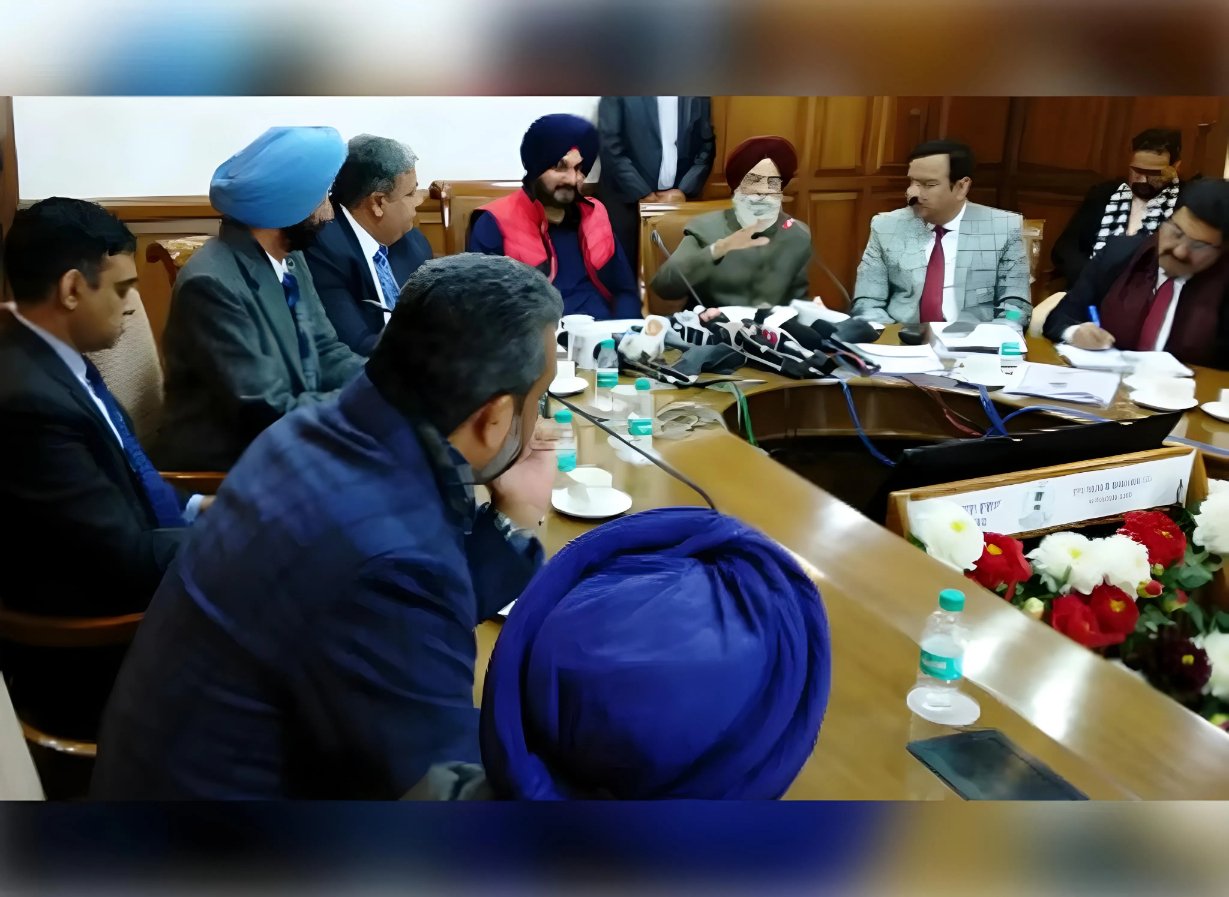
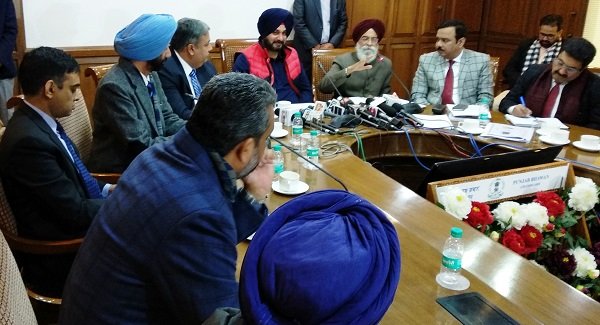
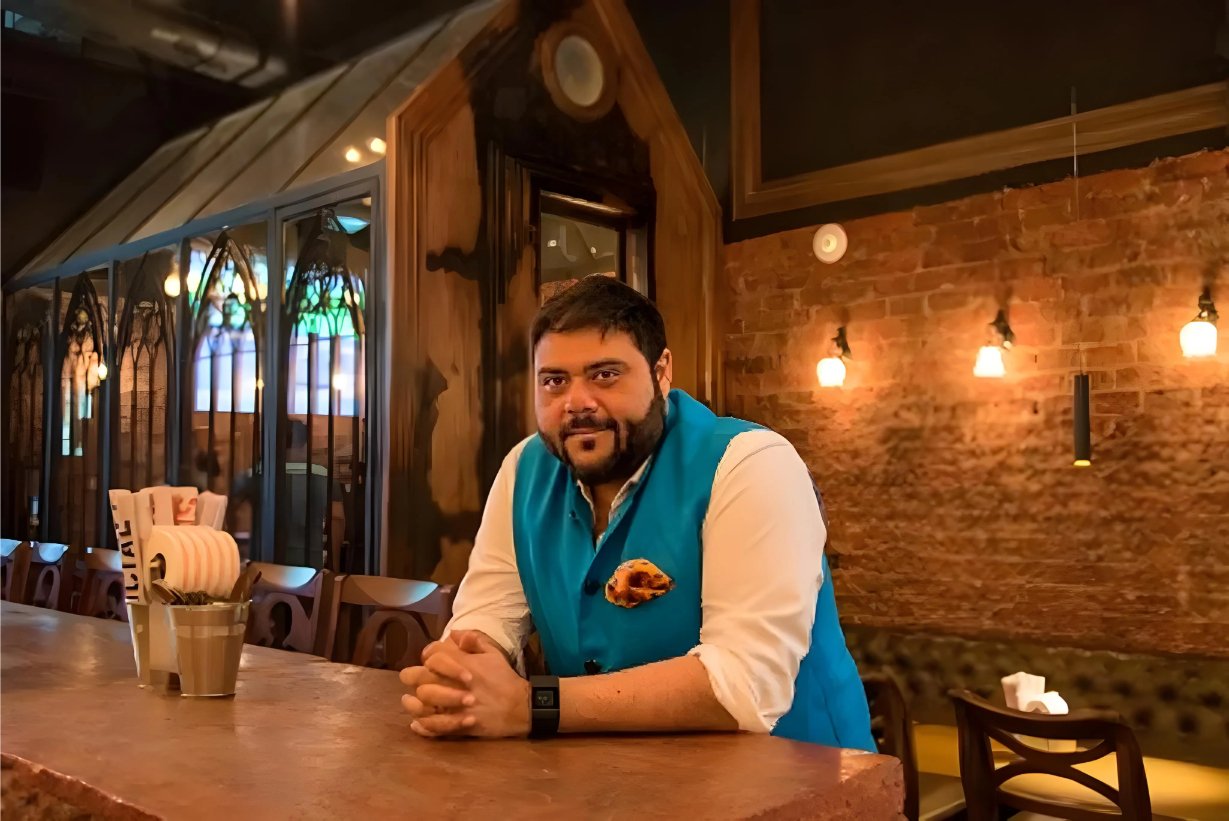










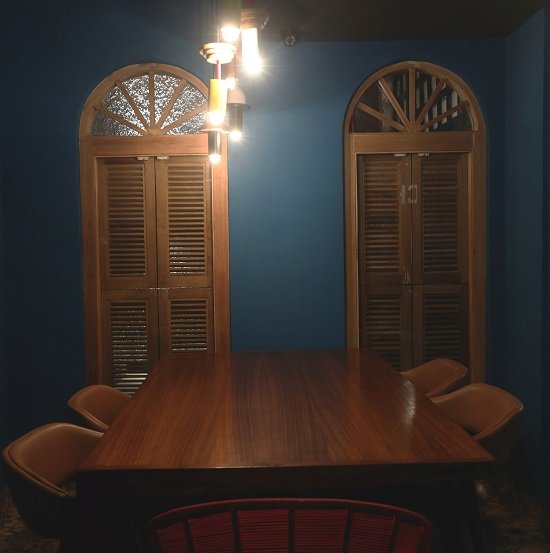



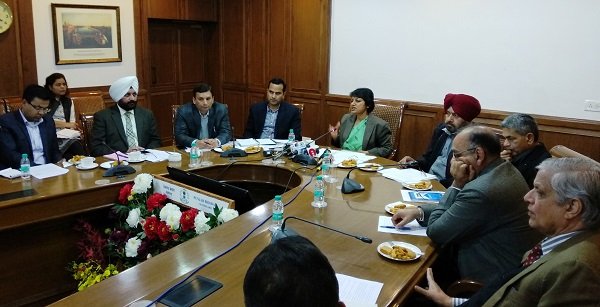
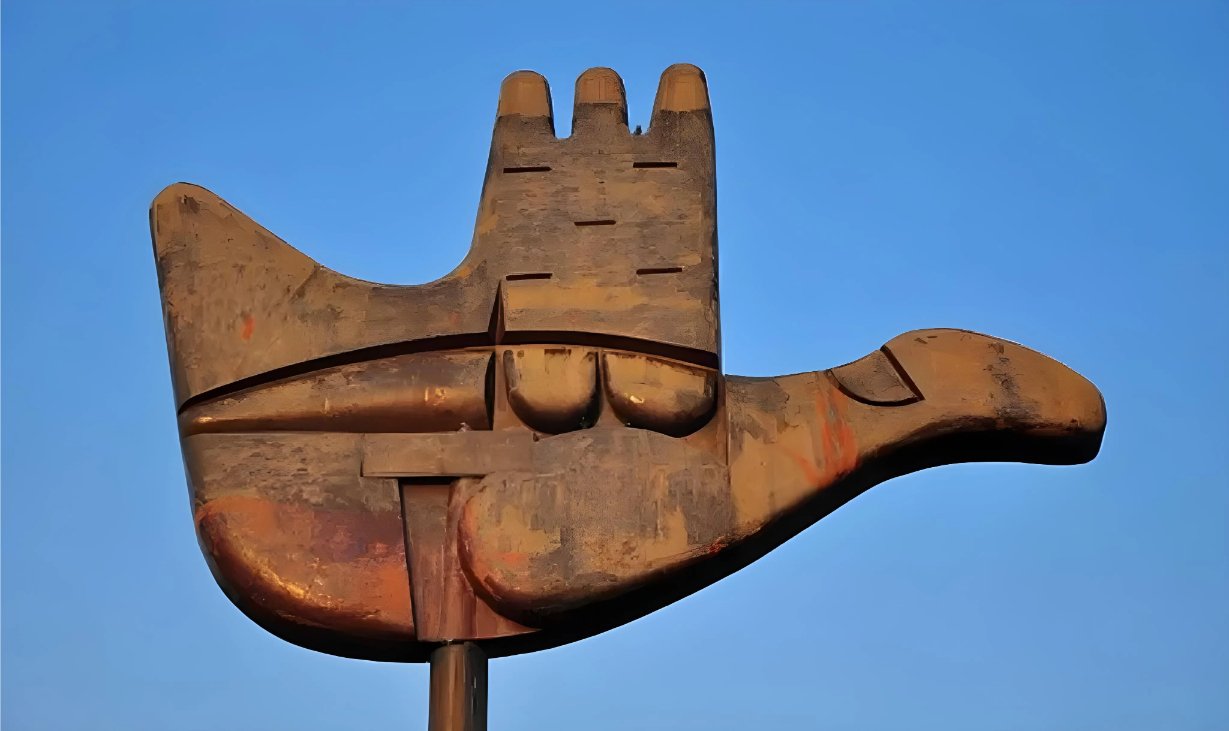

.jpg)
.jpg)
.jpg)

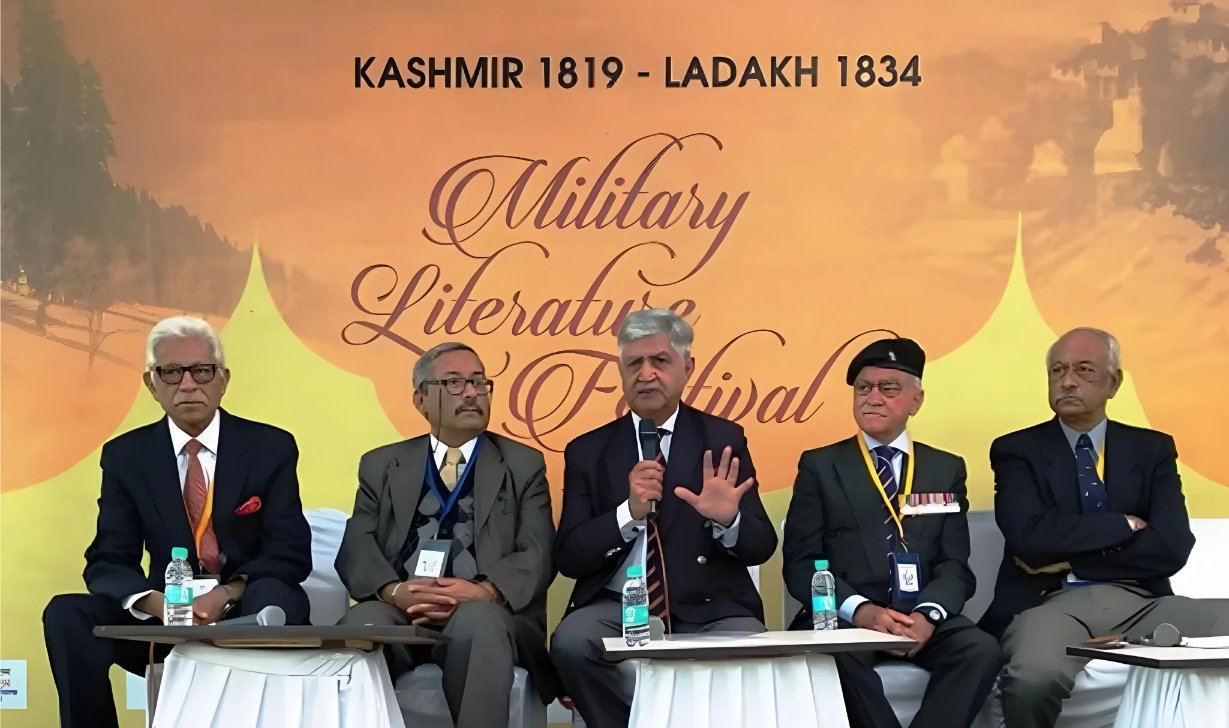



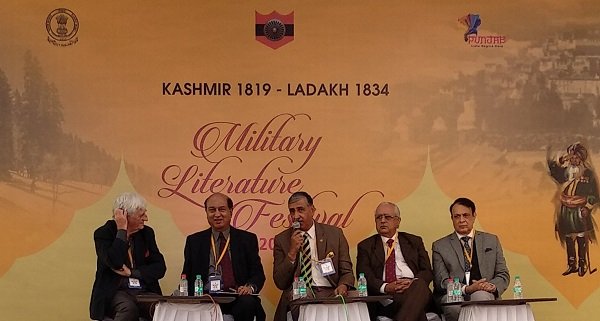
.jpg)
